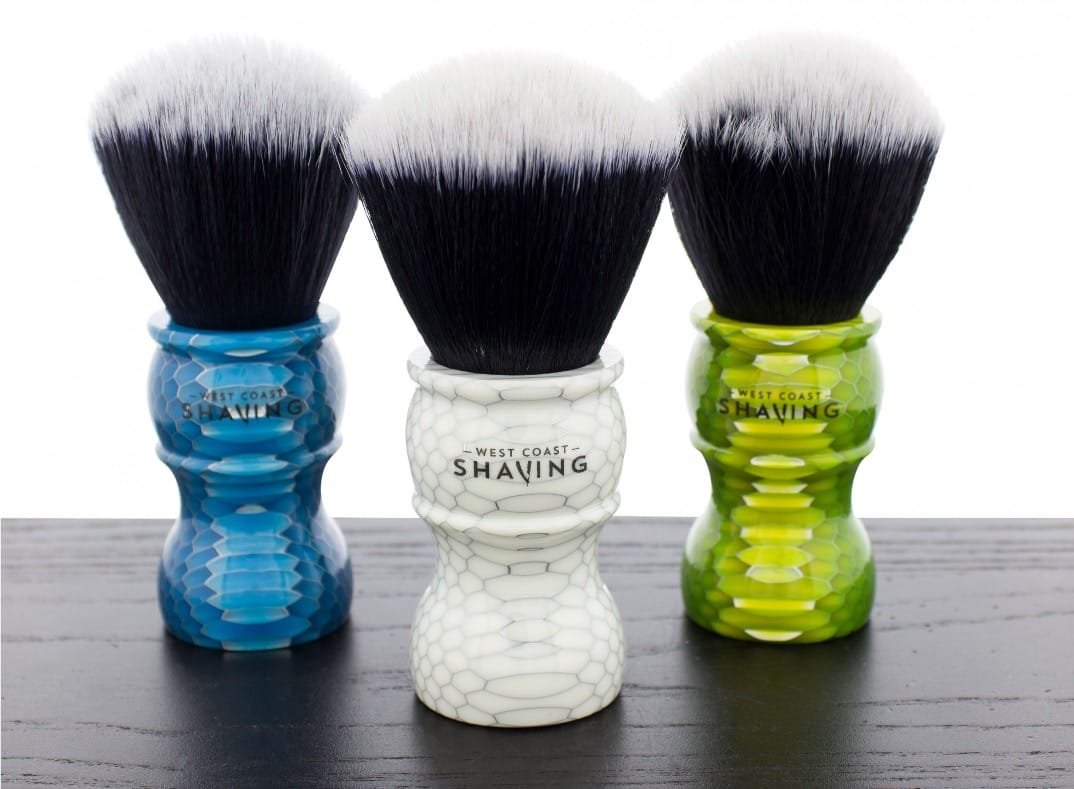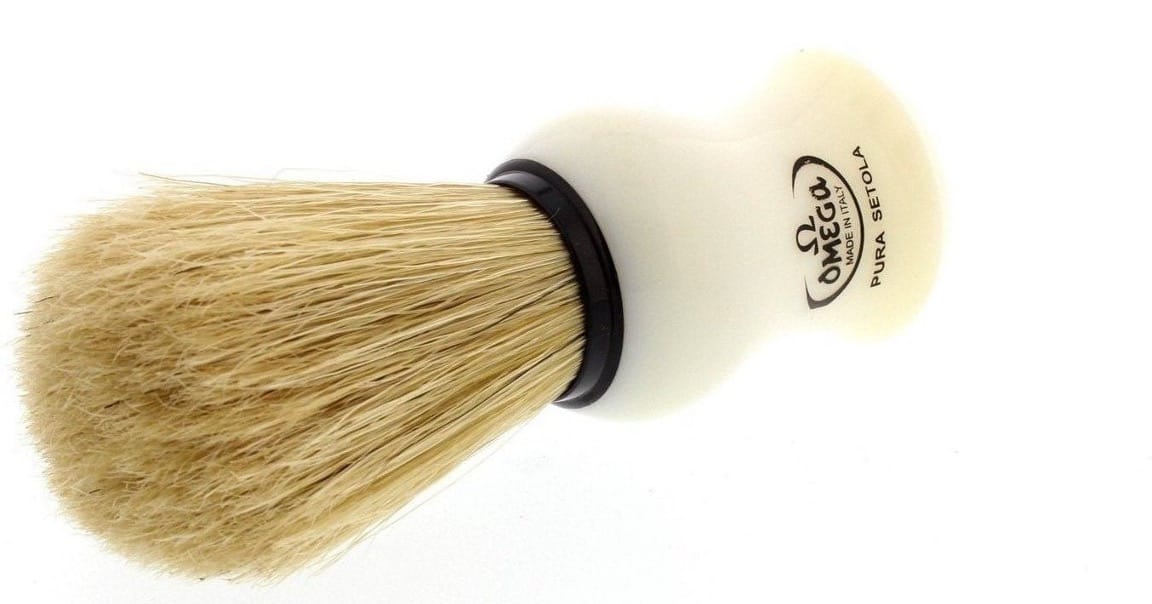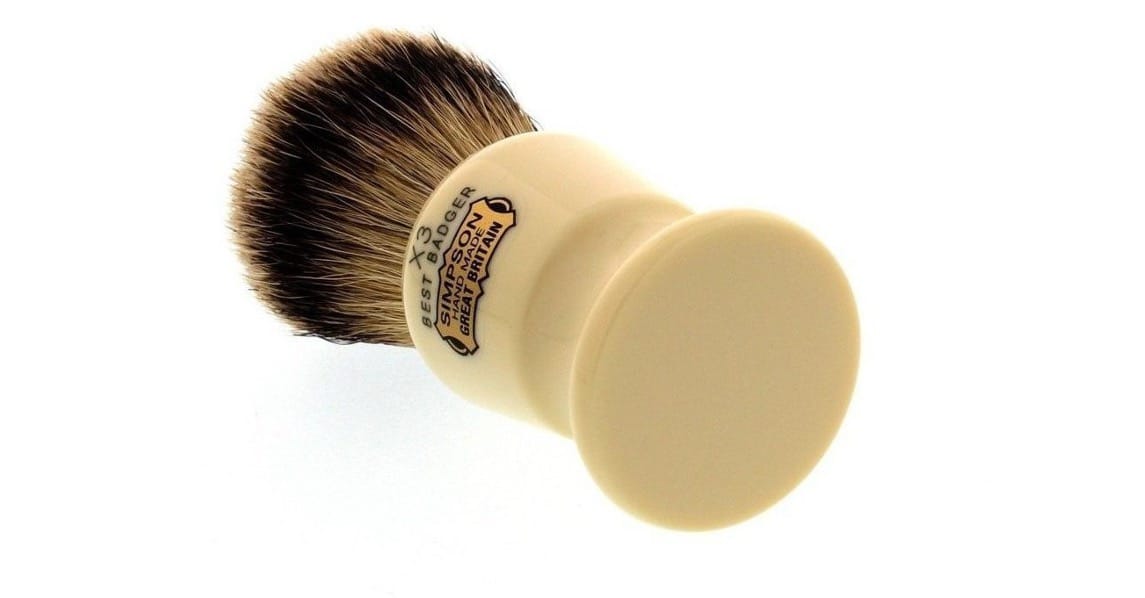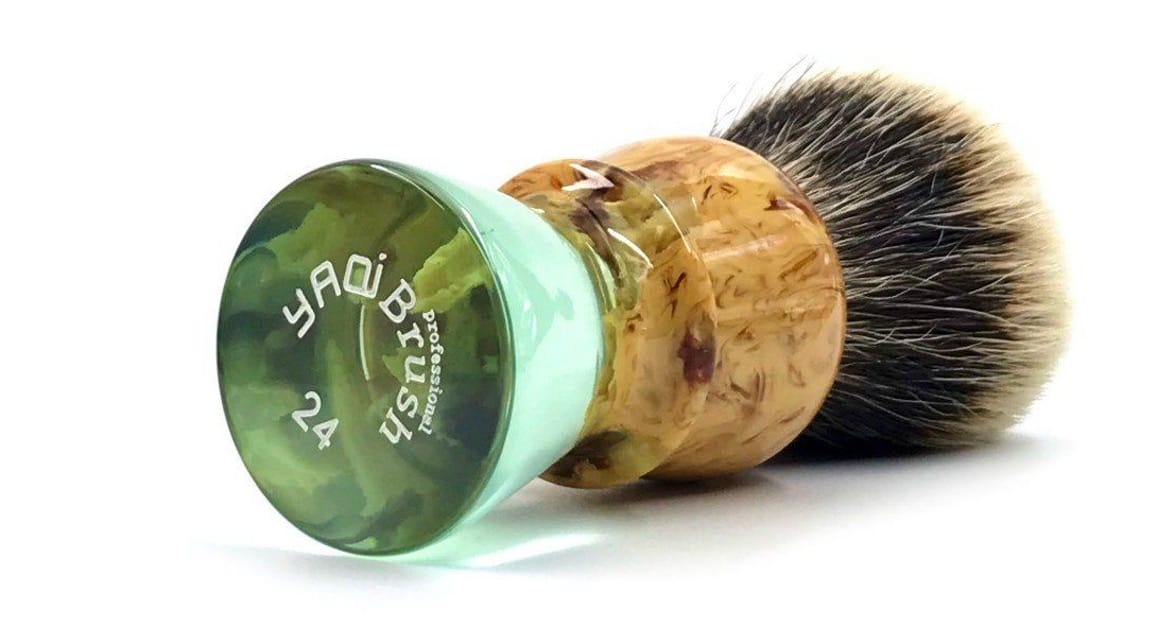Shaving Brushes 101
Shaving Brushes: Learn the terms and meaning of each component of this shaving staple.

Whether you're a seasoned wet shaver or just venturing beyond cartridge razors, your shaving brush isn't just an accessory—it’s the heart of your shave ritual. A proper shaving brush doesn’t just apply lather; it preps the skin, lifts the hairs, and makes each shave smoother and more enjoyable.
In this 101 Course, we'll cover:
- The anatomy of a shaving brush
- Handle materials: from classic to modern
- Bristle types (natural vs synthetic) and how they’re made
- What wet shavers actually care about
- Top shaving brushes you can buy at westcoastshaving.com
Let’s dive in.
Anatomy of a Shaving Brush
At a glance, a shaving brush might look like a simple tool, but each part serves a purpose:
- Handle – The grip and weight. This is where function meets personality.
- Knot – The bundle of bristles held together at the base. Knot size impacts coverage and feel.
- Loft – The visible length of bristles from the handle to the tips. Higher lofts are softer; lower lofts have more backbone.
- Backbone – How stiff the bristles are. Important for exfoliation and lather building.
- Bloom – The spread of the bristles at the top. It develops with use and defines the brush's “face feel.”
Shaving Brush Handle Materials: Pros & Cons
1. Wood
- Pros: Natural, traditional, classy
- Cons: Needs proper drying; can warp or crack with time
- Popular in: Luxury or artisan brushes
2. Resin/Plastic (Acrylic, Polyester)
- Pros: Durable, waterproof, lots of color options
- Cons: Can feel cheap if poorly made
- Great for: Beginners and everyday users
3. Metal (Aluminum, Stainless Steel)
- Pros: Heavier, ultra-durable, modern aesthetic
- Cons: Can be slippery or too cold in winter
- Ideal for: Guys who want a bold, industrial look
4. Horn/Bone (Rare)
- Pros: Unique, high-end, handmade appeal
- Cons: Expensive, requires extra care
- Found in: Artisan or bespoke brushes
Bristles: Natural vs Synthetic
Boar Bristle
- Feel: Stiff at first, softens with use (“breaks in”)
- Lathering: Great for soaps, scrubs skin well
- Cons: Needs soaking before use, animal-derived
- Best for: Budget-conscious traditionalists
Badger Bristle
- Comes in grades: Pure, Best, Super, Silvertip
| Grade | Softness | Water Retention | Price |
|---|---|---|---|
| Pure | Medium | Fair | $ |
| Best | Softer | Good | $$ |
| Super | Very Soft | Excellent | $$$ |
| Silvertip | Ultra Soft | Outstanding | $$$$ |
- Pros: Luxurious feel, holds heat and water exceptionally well
- Cons: Pricey, ethical concerns
Synthetic Bristle
- Modern materials: Nylon, PBT (polybutylene terephthalate)
- Pros: Vegan, fast-drying, consistent quality, affordable
- Cons: Less traditional, some lack backbone
- Best for: Travelers, beginners, cruelty-free users
How Are Shaving Brushes Made?
Natural Brushes:
- Bristles are sorted, cleaned, and sterilized.
- Arranged into knots by hand or machine.
- Glued into the handle using epoxy or resin.
- Shaped and trimmed (though high-end badger is often hand-shaped only).
Synthetic Brushes:
- Bristles are extruded and tapered for softness.
- Sometimes dyed to mimic badger or boar.
- Assembled similarly to natural knots—often with more uniformity.
What Wet Shavers Actually Care About
When picking the perfect brush, these characteristics matter most:
| Trait | Why It Matters |
|---|---|
| Backbone | For lifting hair and exfoliating |
| Softness (Tip Feel) | Comfort, especially for sensitive skin |
| Water Retention | Helps build thick, creamy lather |
| Knot Size | Bigger = more coverage; smaller = precision |
| Dry Time | Important for travel and hygiene |
| Durability | Especially if it’s your daily brush |
Best-Selling Shaving Brushes
Here are some top-rated options that cater to different budgets and preferences:

Omega 10066 Boar Brush
- Type: Boar
- Handle: Plastic
- Why it’s great: Affordable, solid backbone, great for soap
- Price: $11

Simpson’s Commodore X3 (Best Badger)
- Type: Badger
- Handle: Resin
- Why it’s great: UK craftsmanship, soft yet firm
- Price: ~$106.99

RazoRock Big Bruce Synthetic Brush
- Type: Plissoft Synthetic Vegan
- Handle: Resin
- Why it’s great: Big & Soft, fast-drying, good lather build
- Price: ~$24.99

Yaqi Synthetic Brushes
- Type: Synthetic
- Handle: Wide variety
- Why it’s great: Budget-friendly, excellent quality, huge variety
- Price: ~$14.99 -$38.99
Final Thoughts
If you're into wet shaving, a good brush isn’t optional—it’s essential. Whether you love the old-school feel of badger hair or the modern efficiency of synthetics, your brush can make or break your shave.
Choose based on your skin type, lathering style, and ethics (natural vs vegan). Invest in quality, and your shaving brush will last you years—if not decades—with proper care.
Bonus Tip: Store your brush bristle-down in a stand to help it dry and avoid mold.
View our full line of shaving brushes.
